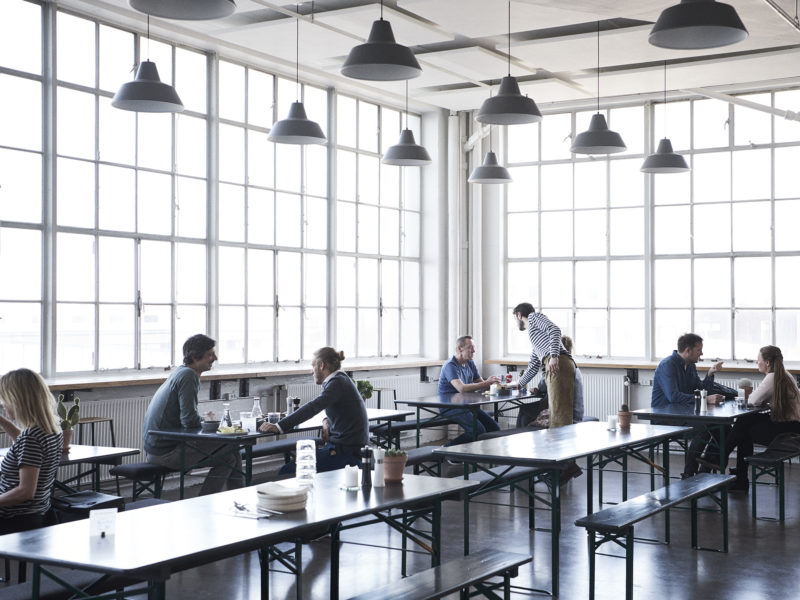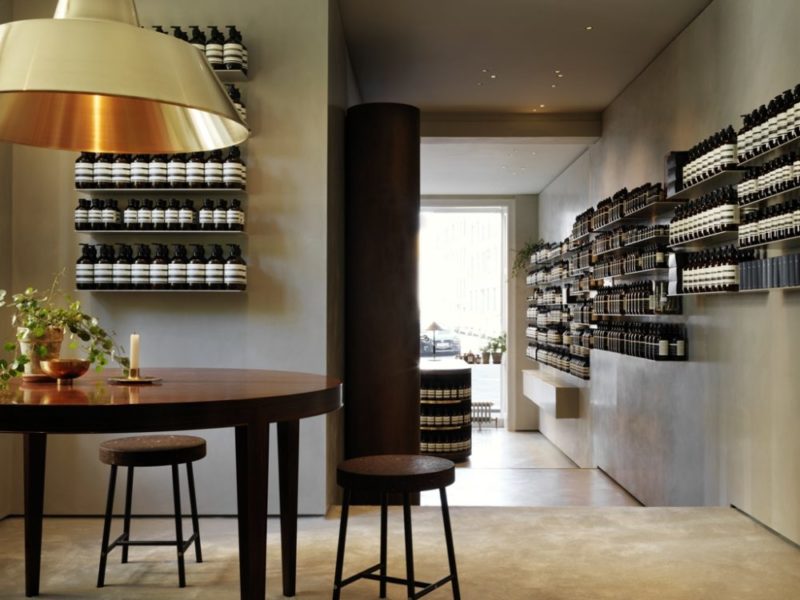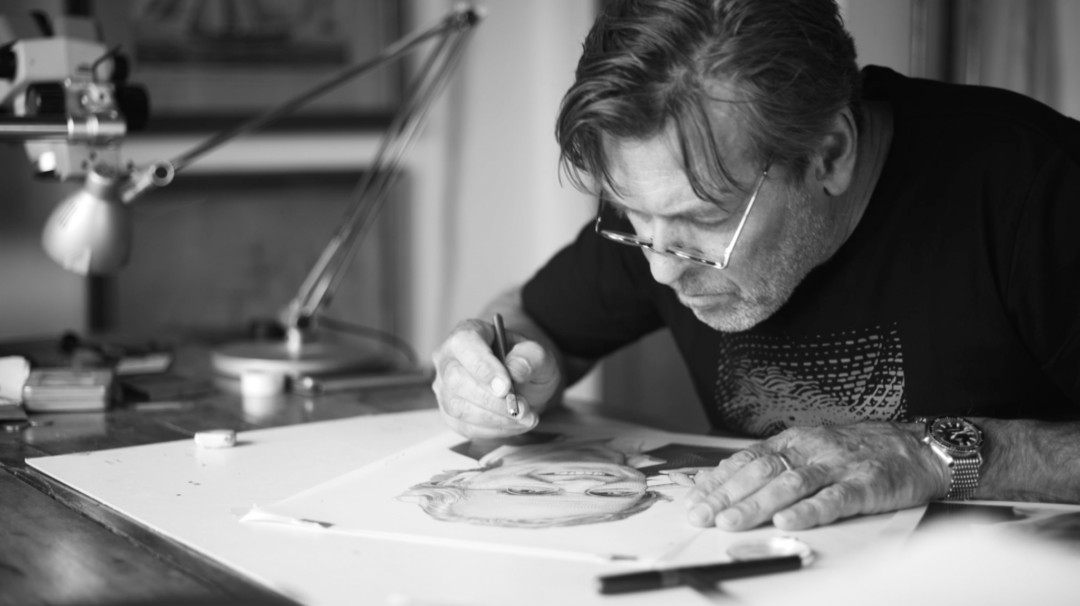
Engraving Stories
There is a profound poetry and dedication to craftmanship in the way Martin Mörck describes his passion for copper engraving and drawing by hand.
We visited him on the tiny island Grötö in the Swedish archipelago 30 kilometres from Göteborg to learn about his craft, work process and thoughts on the communication between nature and creativity.
"I love that feeling of not being 100 percent sure if I can make it"
How is the work process of making a copper stick drawing by hand?
There are three ways of doing what I do and they are all mixed together. I do copper engraving styles, pen and ink drawings. When I print my own art I use copper engravings, but I do steel engravings for making posted stamps and for bank notes I use pen and ink drawings. But it’s nearly the same, you just use different tools. Either you cut the lines in metal or you draw them about ten times the size of the end format.
The complexity in the process of working with a portrait is to capture what you want to express. I can receive a very bad photo that I need to transfer to a bank note portrait and then it becomes important to get to know the person. I often spent much time reading about the person, because the photo rarely tells me anything about personality. I try to exaggerate what I want to express when I make a portrait. I talk about a portrait because it is the most difficult. The portrait is so complex – it has so many angles.
And if you want to create a classic engraving the way of mixing is very central – the spacing of the lines, amount of dots, where the dots should transfer to be lines, so it all melts together optical. Because you make it in large scale and when you take it downscale all these lines and dots melts together and create this 3 dimensional grey scaled drawing.
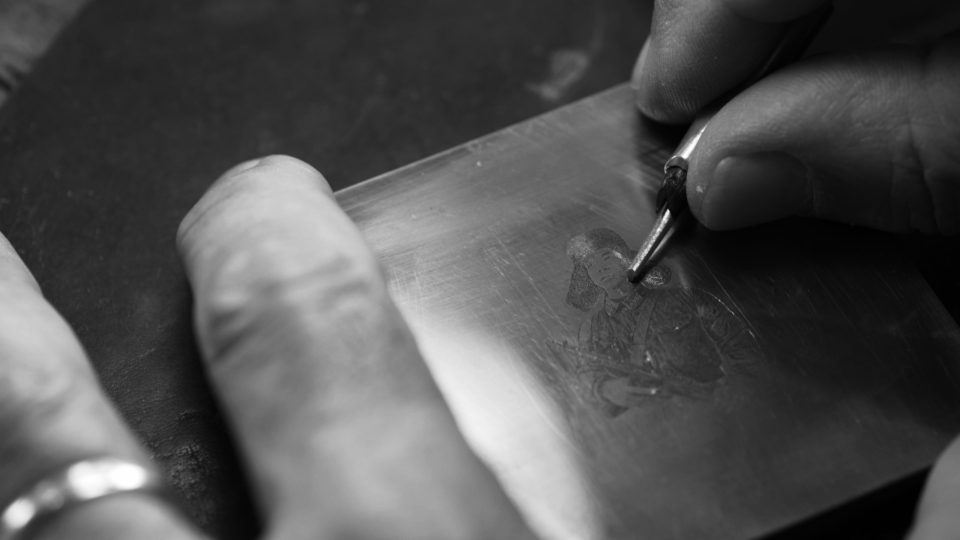
"The hand and mind communicate to create images. I have always been driven by the pencil, by the line instead of the surface."
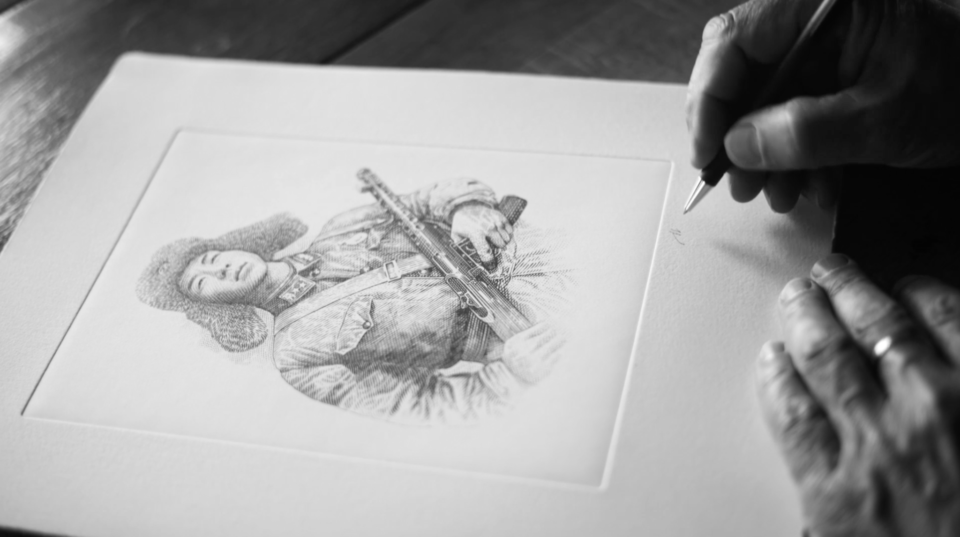
How is your art form related to other creative people like painters or musicians?
The hand and mind communicate to create images. I have always been driven by the pencil, by the line instead of the surface. Painting is more covered to create feelings and vibes and I have always been more into the line. But it’s the same drive to express something. I think it’s the same with musicians. My youngest son is both trained artist and musician – you never relax because you always have some creative process in your head. I think it’s absolutely the same – and also the need of training your technique and creativity. Like a violin player, she needs to train every day, she can’t go on vacation for three weeks and then stand on the stage of the Metropolitan.
Where do you find most artistic satisfaction in your work?
I am totally passion driven, so I love to start up things and I have a hard time to let them go. I like to have many projects at the same time and I always try to have as long deadlines as possible, so I can have my babies on the table as long as possible. I am most driven just by the process. When I am there – inside the process – then I can sort of let time and space fly away and I am just there.
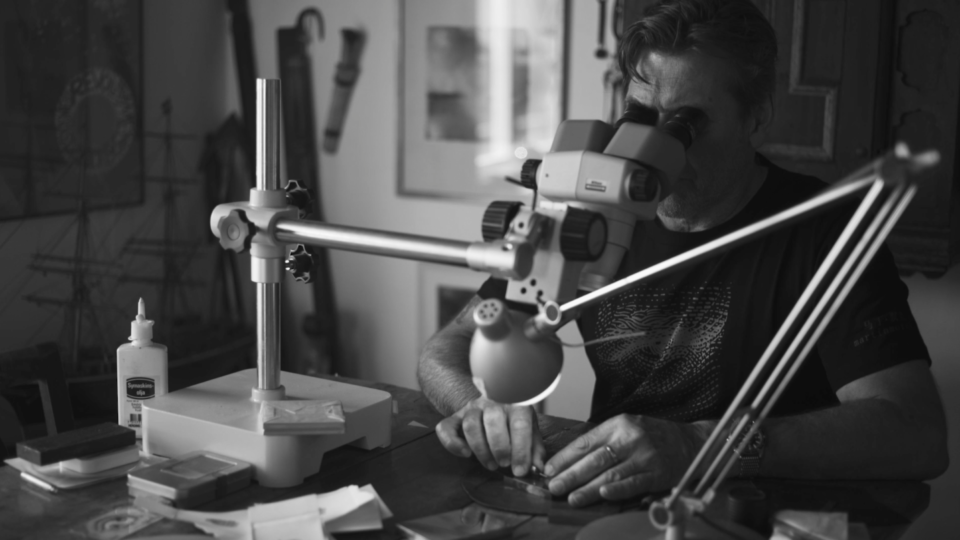
"I was kind of predestinated to work with art. I never had any thoughts about school – it was something that just didn’t exist in my mind. It was something I had to go to for nine years. That was it."
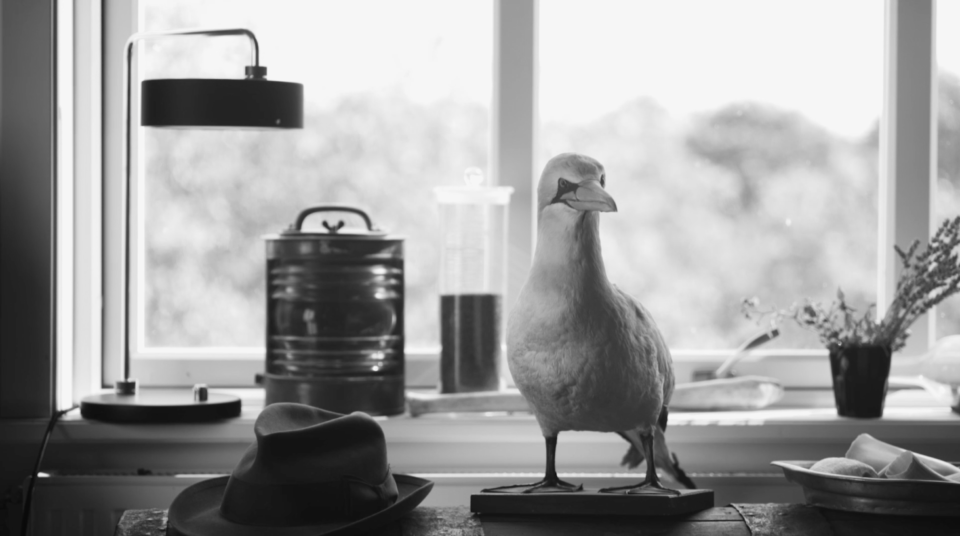
How did you grow up and how does it affect you as an illustrator and designer?
I was born in Gothenburg by a couple of artists, but I am Norwegian citizen. My parents lived in a sort of artist community with 50 artist families with nature on one side and the city on the other. I was surrounded by art – all my friends were also artist kids and we didn’t socialize outside the artist circles.
In school all us kids were called the “artist kids”. I didn’t go to football or something like that. We had a studio, we were there. We were drawing and playing with clay. I started very early to engrave since my dad was a stamp collector and showed me the similarity between stamp and old engraving style. So I was kind of predestinated to work with art. I never had any thoughts about school – it was something that just didn’t exist in my mind. It was something I had to go to for nine years. That was it. Every day since i was 4 I have been trained in the craft of working with copperstick.
After public school I started at an art school, but I dropped out after two years because the teachers didn’t have anything to give me, because I knew what I wanted. When I was 19 I started on my own.
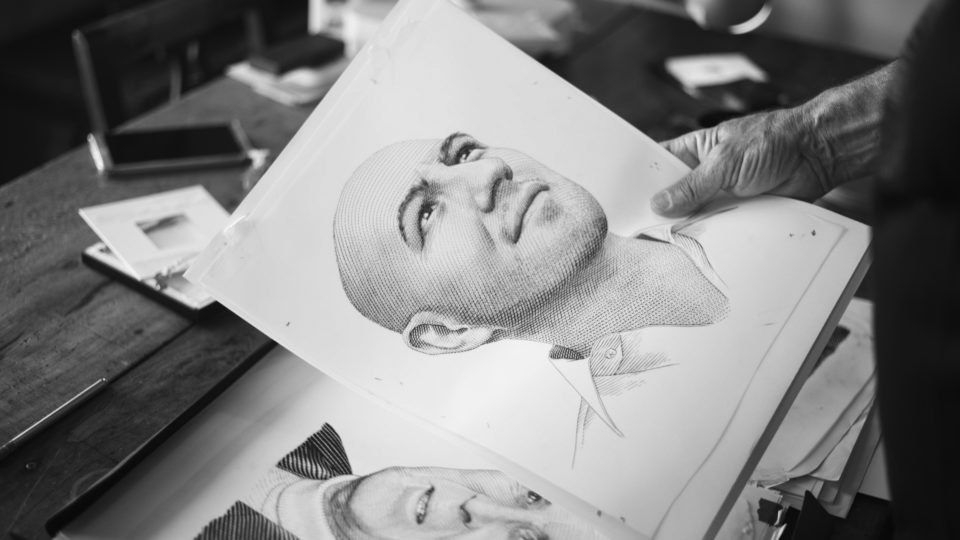
"if you want to create a classic engraving the way of mixing is very central – the spacing of the lines, amount of dots, where the dots should transfer to be lines, so it all melts together optical"
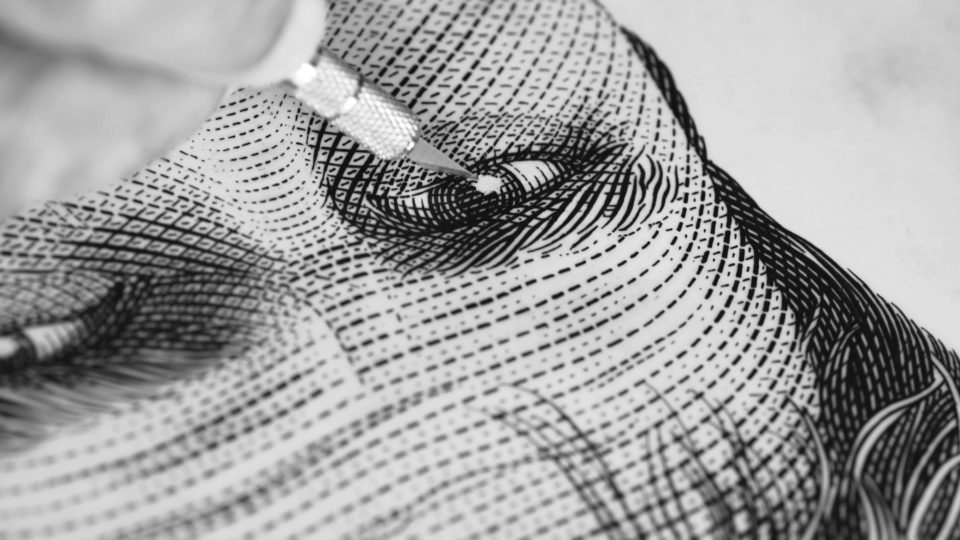
Why do you live on an island?
I feel calm on an island surrounded by water. I am sort of in the centre knowing that I have the coast line around me. It’s the same feeling I get when I am on a big island – for instance Greenland – even though it’s a big island I get the same feeling there. I have always preferred islands and been surrounded by boats. I can walk along the coastline and go canoeing in the sea or I can go sailing. I am never relaxed in my studio, because I simply work all the time, but on the sea I never think of work. The creative energy comes from the nature and I relieve when I come back to the island – so it is the communication between the nature and the studio work that means a lot to me and my work.
Which places give you creative energy both at home and during travel abroad?
I am often in Beijing, but I can’t work in the same way. To me Beijing is all about communication, high speed communication. I create a lot of ideas from all my meetings with people at network events and at the university.


